11, Mar 2024
Paying With Cards In English: A Comprehensive Guide
Paying with Cards in English: A Comprehensive Guide
Verwandte Artikel: Paying with Cards in English: A Comprehensive Guide
Einführung
Mit großer Freude werden wir uns mit das faszinierende Thema rund um Paying with Cards in English: A Comprehensive Guide vertiefen. Lassen Sie uns interessante Informationen zusammenfügen und den Lesern frische Perspektiven bieten.
Table of Content
Paying with Cards in English: A Comprehensive Guide
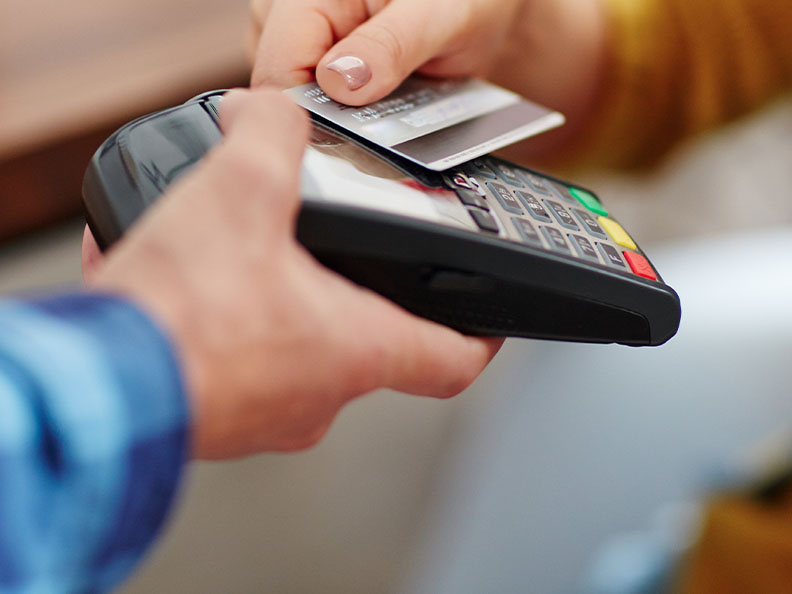
Paying with cards has become an integral part of modern commerce, offering convenience, security, and a host of benefits for both consumers and businesses. This article delves into the intricacies of card payments in English, providing a clear understanding of the various card types, transaction processes, and associated advantages.
Understanding Card Payment Types
The world of card payments encompasses a wide range of options, each catering to specific needs and preferences.
- Debit Cards: These cards directly deduct funds from a linked bank account at the time of purchase. They are often considered a safer alternative to carrying cash and offer immediate transaction confirmation.
- Credit Cards: These cards provide a revolving line of credit, allowing users to make purchases and repay them later. Credit cards offer rewards programs, purchase protection, and the ability to build credit history.
- Prepaid Cards: These cards require a pre-loaded balance, limiting spending to the available funds. They offer budgeting control, anonymity, and are often used for online transactions or by individuals with limited credit access.
- Gift Cards: These cards are pre-loaded with a specific amount and can be used at designated retailers or restaurants. They are popular for gifting and offer a convenient way to make purchases without using cash or credit.
The Transaction Process
Card payments involve a multi-step process that ensures secure and efficient transactions:
- Card Insertion or Tap: The cardholder inserts or taps their card at a Point of Sale (POS) terminal or online payment gateway.
- PIN Entry or Signature: Depending on the card type and merchant policy, the cardholder may be required to enter a Personal Identification Number (PIN) or sign a receipt.
- Authorization Request: The POS terminal or payment gateway transmits the transaction details to the card issuer for authorization.
- Authorization Confirmation: The card issuer verifies the cardholder’s account balance and credit limit, and approves or declines the transaction.
- Transaction Completion: If approved, the funds are transferred from the cardholder’s account to the merchant’s account, and a receipt is issued.
Benefits of Card Payments
Card payments offer numerous advantages for both consumers and businesses:
For Consumers:
- Convenience: Card payments eliminate the need to carry large amounts of cash and simplify transactions.
- Security: Card payments are generally considered safer than cash, as they offer fraud protection and dispute resolution mechanisms.
- Tracking and Budgeting: Card statements provide a detailed record of purchases, facilitating budgeting and expense tracking.
- Rewards and Discounts: Many cards offer rewards programs, cashback options, and exclusive discounts.
- Access to Credit: Credit cards provide access to credit, enabling large purchases and building credit history.
For Businesses:
- Increased Sales: Card payments attract a wider customer base, including those who prefer not to carry cash.
- Reduced Costs: Card payments minimize cash handling costs and reduce the risk of theft or fraud.
- Improved Efficiency: Card payments streamline transactions, reducing wait times and improving customer satisfaction.
- Enhanced Data Collection: Card payments provide valuable customer data, enabling targeted marketing and business insights.
Frequently Asked Questions
Q: What are the fees associated with card payments?
A: Card payments typically involve transaction fees charged to both merchants and cardholders. These fees vary depending on the card issuer, merchant category, and transaction amount.
Q: How secure are card payments?
A: Card payments are generally secure, with advanced technologies like encryption and tokenization protecting sensitive data. However, it’s crucial to practice good security habits, such as safeguarding your card details and reporting any suspicious activity.
Q: What are the risks associated with card payments?
A: The primary risks associated with card payments include fraud, unauthorized transactions, and data breaches. However, cardholders are typically protected by fraud protection policies and dispute resolution mechanisms.
Tips for Secure Card Payments
- Protect your card details: Never share your card number, PIN, or CVV with anyone.
- Monitor your account statements: Regularly review your statements for any unauthorized transactions.
- Use strong passwords and PINs: Choose unique and memorable passwords and PINs.
- Be cautious of phishing scams: Avoid clicking on suspicious links or providing personal information over the phone or email.
- Report lost or stolen cards immediately: Contact your card issuer to report any lost or stolen cards.
Conclusion
Paying with cards has revolutionized commerce, offering convenience, security, and a plethora of benefits for both consumers and businesses. Understanding the various card types, transaction processes, and associated advantages empowers individuals to make informed decisions and leverage the power of card payments effectively. By embracing best practices for secure card usage, individuals can ensure a safe and seamless experience while enjoying the numerous benefits this modern payment method offers.


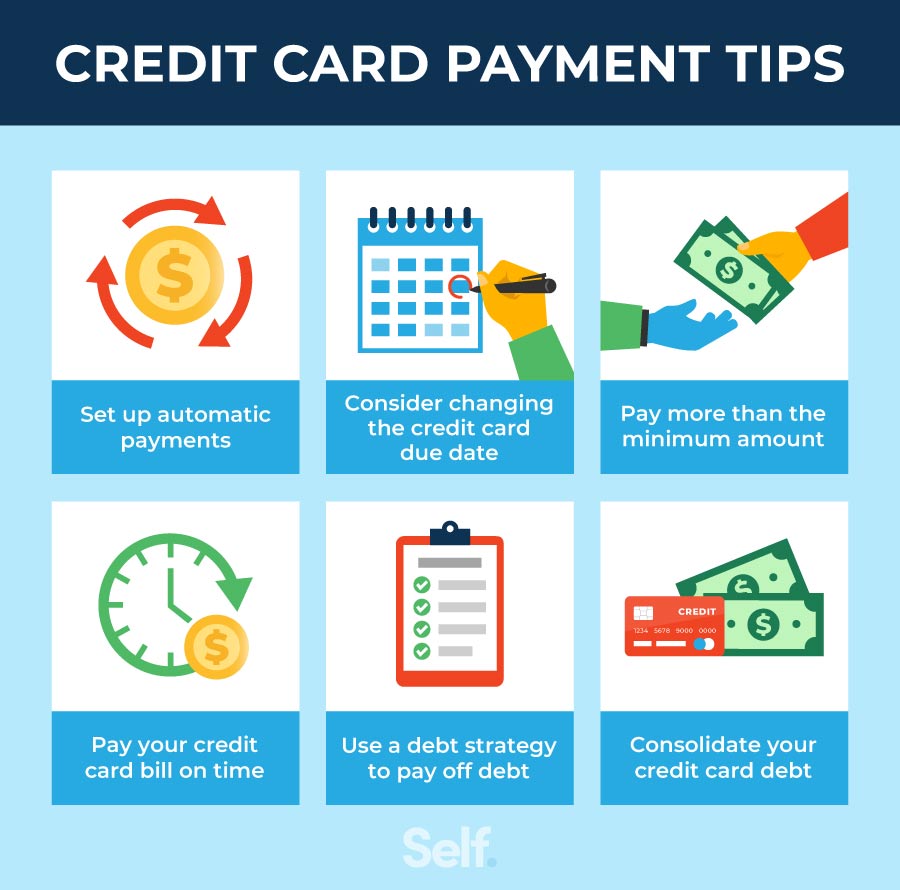
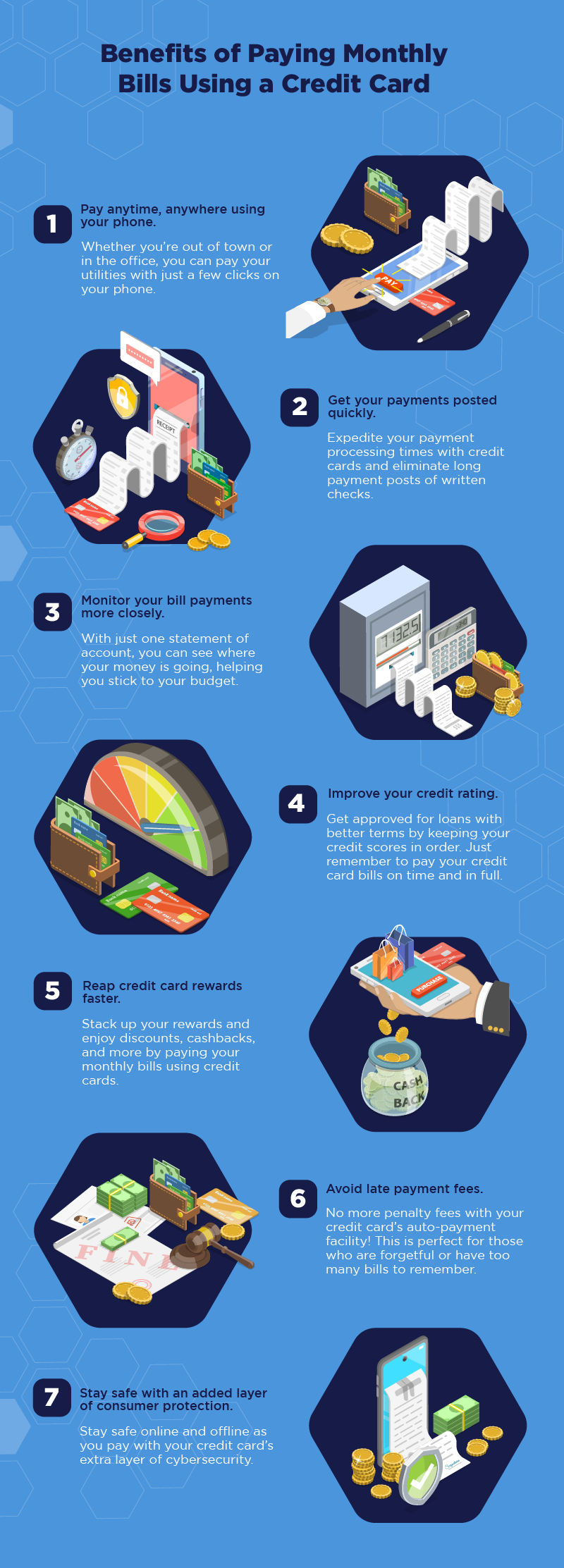

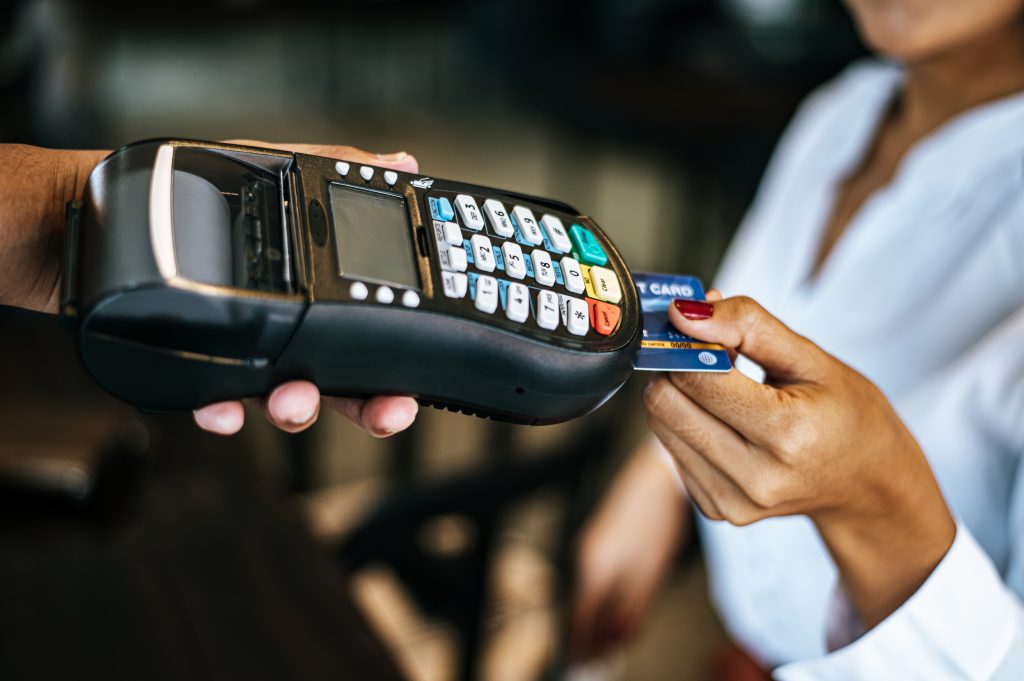
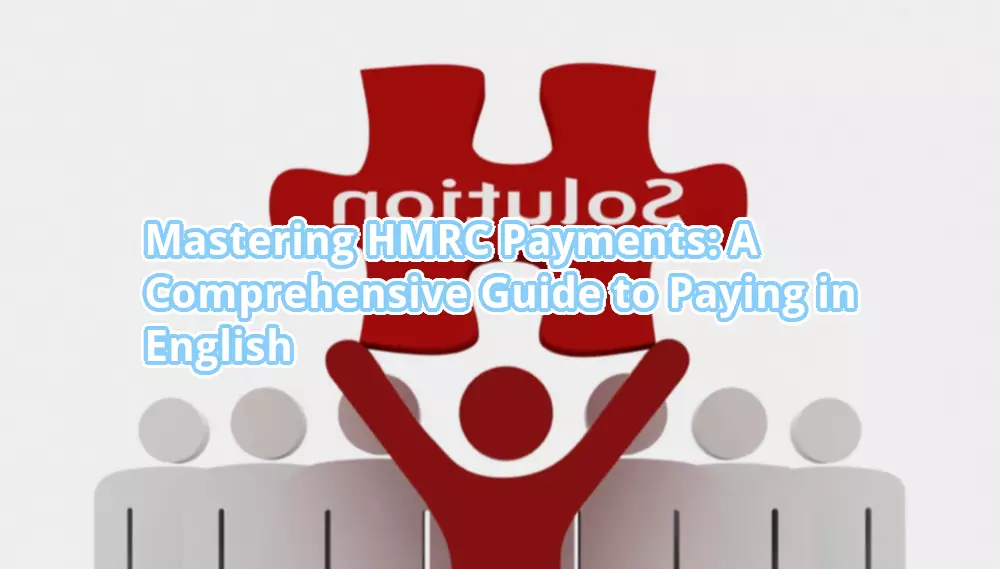

Abschluss
Daher hoffen wir, dass dieser Artikel wertvolle Einblicke in Paying with Cards in English: A Comprehensive Guide bietet. Wir danken Ihnen, dass Sie sich die Zeit genommen haben, diesen Artikel zu lesen. Bis zum nächsten Artikel!
- 0
- By admin
